Novel hematite-derived photoanodes for photoelectrochemical (PEC) cells improve the efficiency of solar energy storage by water splitting.
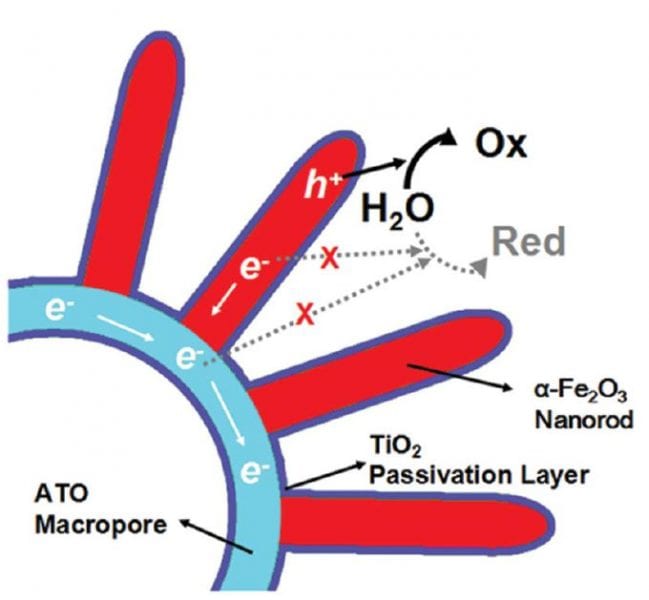

Novel hematite-derived photoanodes for photoelectrochemical (PEC) cells improve the efficiency of solar energy storage by water splitting.
Professor Ozin explores a new silicon allotrope with potential for high capacity lithium ion batteries, enhanced efficiency photovoltaics and next generation light emitting diodes.
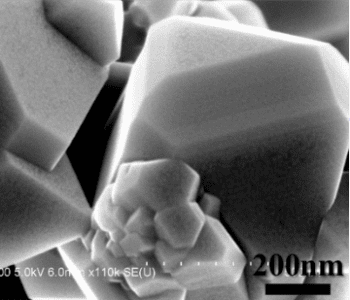
Stable, high-performance Li-ion battery cathodes have been demonstrated from powder precursors coated with an electrochemically active coating.
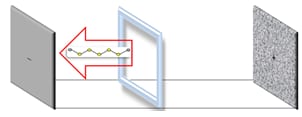
Membrane-free lithium–sulfur batteries with enhanced performance and cycle life.
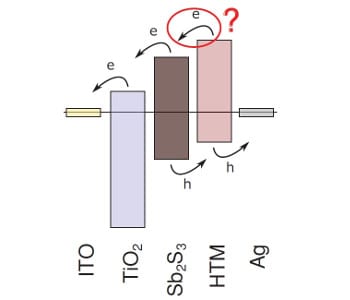
Research into solar cell materials has shown that stibnite synthesis is fast and cheap, and can be easily scaled up, critical for industrial applications.
Based on a quick analysis of optical spectra, a practical approach for assessing the melanin and blood content of the skin was developed.

New research on how to produce TiAl turbine blades through an alternative and cost-effective manufacturing route: spark-plasma sintering.
Optical microangiography (OMAG), based on optical coherence tomography, can be used to visualize the microvasculature network under inflamed skin condition.
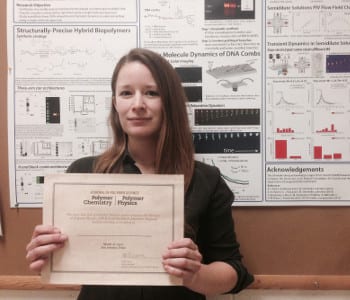
Three young polymer scientists are awarded the Journal of Polymer Science Poster Prize for DPOLY at the 2015 APS March meeting.

Anna Musyanovych and Katharina Landfester review the production and use of polymer-based drug carriers with particular focus on their use in biomedicine.